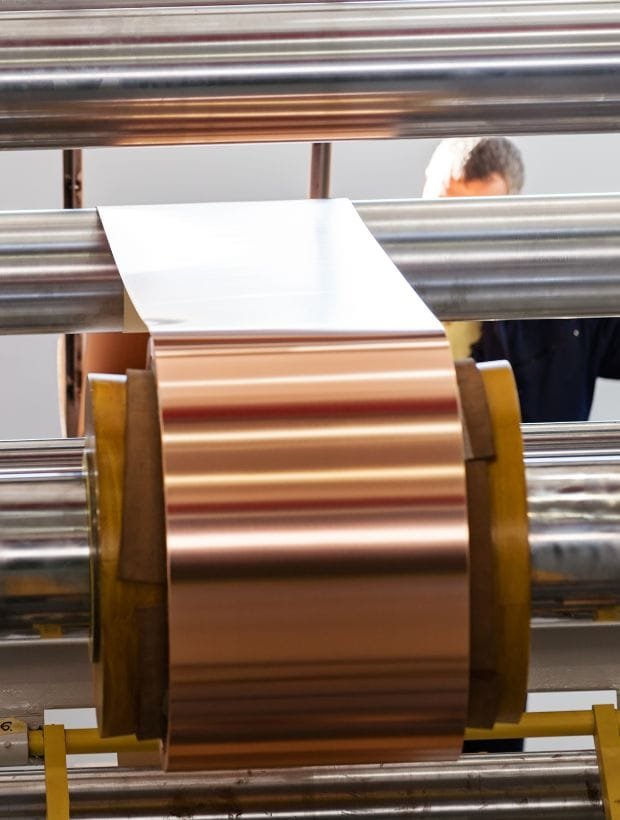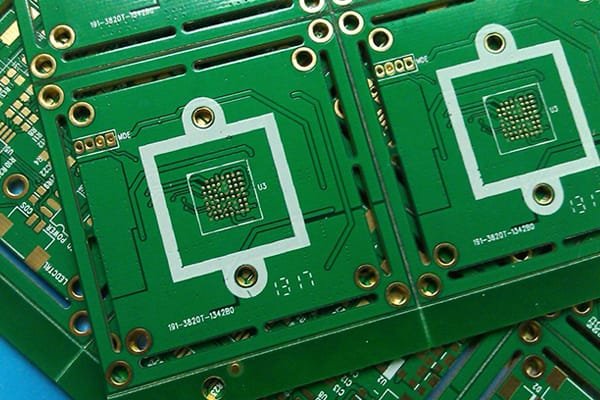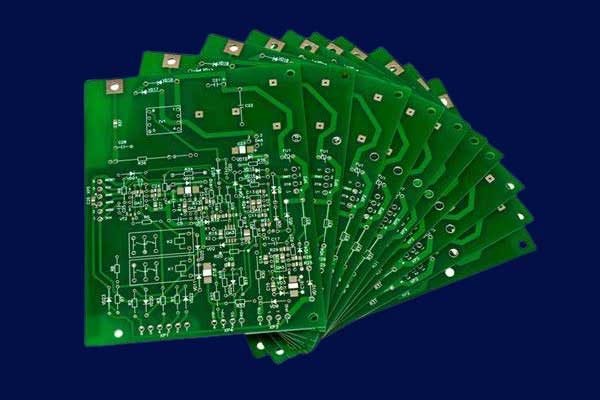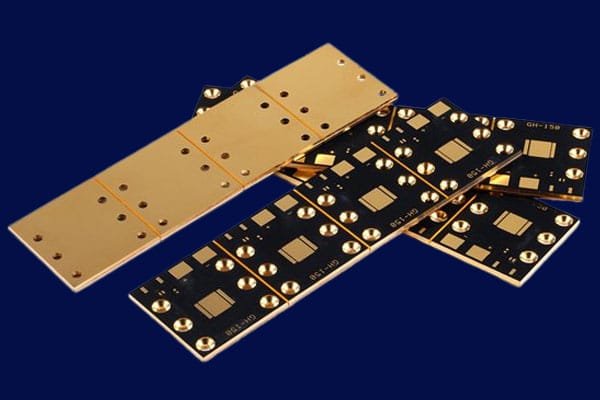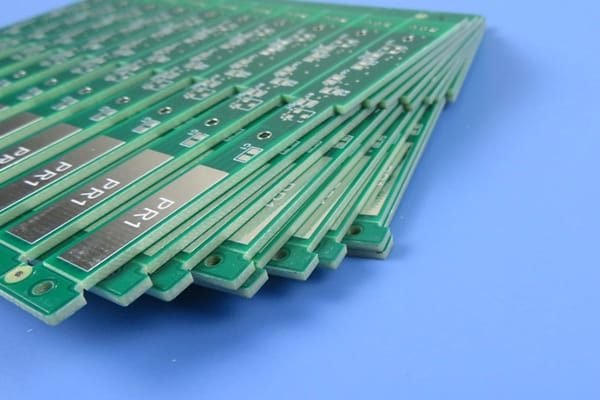What is HDI PCB?
HDI PCB stands for High-Density Interconnect Printed Circuit Board. It is a type of circuit board that is designed with dense and complex structures, consisting of multiple layers of copper and different materials such as resin coated copper, ceramic, or FR-4, which provide distinctive electrical and mechanical properties. HDI PCBs often have blind vias, buried vias, and microvias that allow the traces to be routed to different layers, reducing the size of the board and increasing the routing density. HDI PCBs are widely used in smartphones, tablets, laptops, cameras, medical equipment, and other electronic devices due to their high performance and compact size.
JHYPCB
Your Trusted PCB Manufacturer in China


